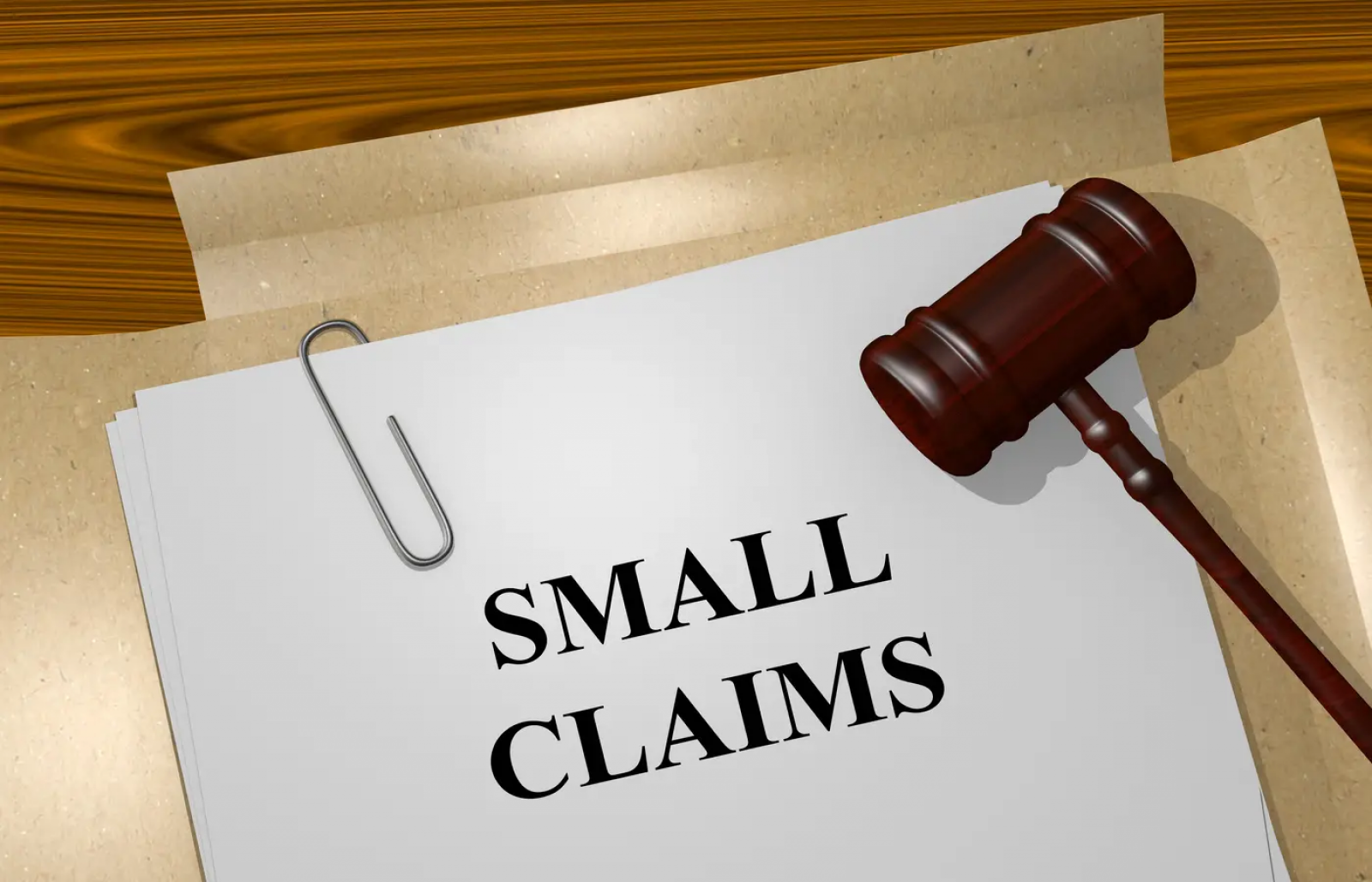October 19, 2023
By Bill Raftery
Throughout the United States, courts offer more relaxed informal legal proceedings for some civil cases through a process generally called “small claims.” However, as is often the case, there is no universally agreed-upon definition of “small” across states.
Small claims cases can be filed in any one of three different ways depending on the state and circumstances.
- A court that has a small claims docket or division. For example, Alabama provides that their District Courts shall have a “small claims docket”
- A court of limited jurisdiction that hears smaller civil matters. One example is South Carolina’s magistrate courts, which have a $7,500 civil jurisdiction.
- A court that hears only small claims cases. At this point, the only state with such an arrangement is Indiana with Small Claims Court of Marion County. There, each of the 9 townships in Marion County has its own small claims court.
The amount of money at issue also varies widely, as seen in the state-by-state breakdown listed below. Kentucky has the lowest small claims ceiling at $2,500, while three states (Delaware, Tennessee, and Texas) set theirs at $20,000 or over. Most jurisdictions (27 of 52) have a small claims ceiling of $7,500 or less. Additionally, some limits are adjusted based on case type or the parties. For example, in Washington “natural persons” (human beings) may file claims up to $10,000; however, businesses, partnerships, or corporations are limited to $5,000.
While most of these are set by statute, several do provide for some degree of built-in or automatic adjustments. For example, in 2022 Utah’s legislature raised its small claims threshold from $11,000 to $15,000 but also enacted automatic increases to $20,000 in 2025 and $25,000 in 2030. Michigan has a similar approach with automatic statutory increases every 3 years from 2012-24. Nebraska takes this concept one step further setting a small claims threshold by statute but then directing the state’s supreme court to adjust it every five years based on the Consumer Price Index (CPI). The most recent CPI increase was in 2020 with another set for 2025. Other states leave it to the judiciary; Arkansas’s small claims limits are set by administrative order.
This idea of automatically adjusting small claims thresholds is not new and has been debated for at least 20 years. The Kansas legislature looked at a similar mechanism in 2004 (SB 437 has since been removed from their site) before ultimately rejecting it. A Florida workgroup tasked with examining civil jurisdiction limits for county courts used the CPI in recommending increases in that state’s small claims limits from $5,000 to the current $8,000.
Has your state considered adjusting its small claims limitations? Email us at Knowledge@ncsc.org or call 800-616-6164 and let us know. Follow the National Center for State Courts on Facebook, X, LinkedIn, and Vimeo.
Small Claims Limits (as of October 2023)
Jurisdiction | General Small Claims Limit |
Alabama | |
Alaska | |
Arizona | |
Arkansas | |
California | |
Colorado | |
Connecticut | |
Delaware | |
District of Columbia | |
Florida | |
Georgia | |
Hawaii | |
Idaho | |
Illinois | |
Indiana | |
Iowa | |
Kansas | |
Kentucky | |
Louisiana | |
Maine | |
Maryland | |
Massachusetts | |
Michigan | |
Minnesota | |
Mississippi | |
Missouri | |
Montana | |
Nebraska | |
Nevada | |
New Hampshire | |
New Jersey | |
New Mexico | |
New York | |
North Carolina | |
North Dakota | |
Ohio | |
Oklahoma | |
Oregon | |
Pennsylvania | |
Puerto Rico | |
Rhode Island | |
South Carolina | |
South Dakota | |
Tennessee | |
Texas | |
Utah | |
Vermont | |
Virginia | |
Washington | |
West Virginia | |
Wisconsin | |
Wyoming |
